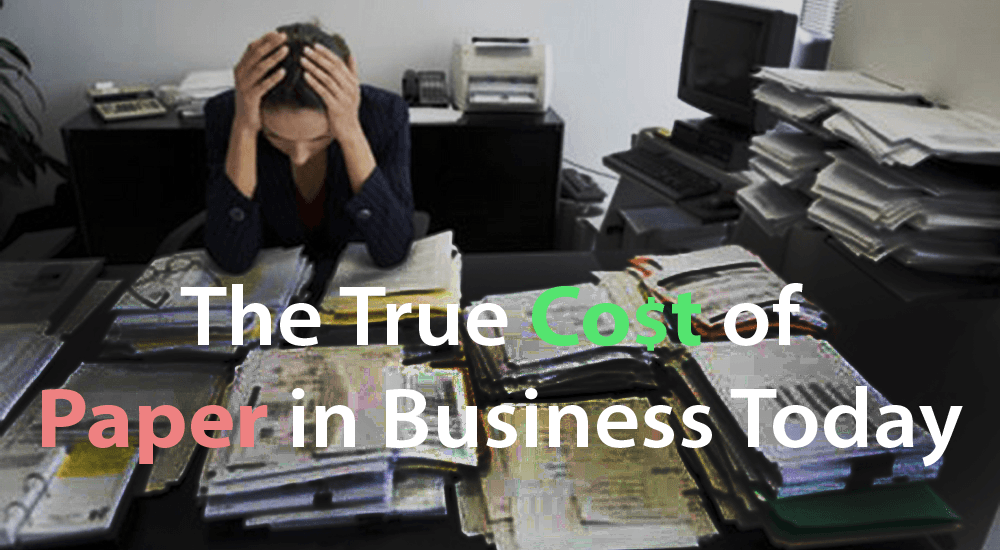
7 Tips for Building an Efficient & Effective Daily Schedule
“It’s really clear that the most precious gift we all have is time.” – Steve Jobs
Whether you keep track of your work and schedule on a digital, physical or mental calendar, it’s crucial for the achievement of any goal to consciously and carefully manage your time. While an efficient schedule can’t give you more than 24 hours in the day, it will increase the quality of those important and productivity-minded hours
- Determine how you work best.
The first step to creating a schedule that you will actually stick with is figuring out what your work style is. Are you a mental marathon runner or more of a thought sprinter? If it takes you time to get into a zone where you can complete bulky tasks or tackle tough projects, set aside larger chunks of your schedule for that type of task. Alternatively, if you get stagnant looking at the same project for two long, doing your best work in spurts, “super-set” 15-30 minutes of a quicker, more mindless task with every 30 minutes of chipping away at that bigger project.
- Create a list of your routine daily & weekly tasks.
Essentially, write out your comprehensive to-do list. Before you begin placing things onto the calendar, break down your “typical day” by making a list of all the to-do list items that you can count on from one day to the next. Sometimes it is easier to create categories of your typical workload, in which a variety of tasks fit. This includes anything and everything you must do, from phone calls and coordinating meetings – to running errands for the office or counting inventory.
- Organize these tasks onto your daily and weekly schedule in a way that not only makes sense priority-wise but also for you, personally. The goal is to create lasting habits.
If making phone calls and answering emails are two large chunks of your day, perhaps breaking them up between the morning and afternoon will help you maintain stamina throughout the day. Think through your schedule as you make it in order to foresee any combinations that will more quickly lead to exhaustion and mental/emotional/physical burn-out. As you establish your chain-of-events, keep yourself in mind. Creating a schedule you will actually follow is key. Your schedule each week will not outline itself and its existence alone will not ensure that your work gets done, but the principle of this tool lays in the habits it can form – and in the effectiveness of good work habits on productivity. Creating productive habits will also make you aware of the potentially harmful habits you may already be making time for in your day.Investment icon and revered businessman, Warren Buffett, once explained,
“Chains of habit are too light to be felt until they are too heavy to be broken.”
- Remember to schedule time for things that can become overwhelmingly constant – especially correspondence, such as responding to emails.
Maybe 30 minutes dedicated to checking email at the start of the day and 30 minutes in the mid afternoon / end of the day will suffice for your purposes. Maybe even just once a day will do for the bulk of your necessary correspondence. Whatever the case, when left unmonitored, tasks like this begin to creep into every corner of your every hour, stealing your focus from the task at hand. Setting email notifications to “off” on your workstation computer while working single-mindedly for a span of time on a project can be surprisingly beneficial to facilitating productivity.
- Set aside time at the very beginning of your workday to look over the day’s schedule.
Take a moment to mentally prepare for what’s ahead as you run through the day’s events. Make adjustments to the schedule as needed and address any unforeseen circumstances. This is a great way to set your goals clearly for the day and keep the bigger picture in mind as you move through each hour.
- Set aside time at the very end of the workday to touch base on your progress towards that day’s goals and get squared away for tomorrow.
If necessary, figure unfinished tasks into the following day’s agenda. This time at closing allows you to check-in once more with how the day went and be mindful of what is most important for tomorrow.
- Utilize technology to set reminders and alarms.
Not only will getting these events and items off of your mental plate, clearing up space for other things, but the notification tools available at your fingertips will act as a personal secretary for your day. Reminders ensure you don’t space going to a lunch meeting or lose track of time. They can also give you a heads-up on which deadlines are coming up and when. One trick is to set an alarm that goes off on the hour throughout your work day to remind you of how time is passing and give you a chance to realign yourself with how you should spend the next hour.If you use a paper agenda and don’t want to blend a virtual calendar into your organizational system, write these reminders out on the timeline of the day’s tasks. Make it a habit to stop what you are doing periodically throughout the day to make sure you are where you need to be within your schedule and daily checklist.
Creating and adhering to a schedule may initially sound rigid, but will actually create the organizational freedom to make the most out of your day. You will likely find that giving each of your tasks a time & place in your day will seem to create extra time from thin air. This is because no 15-minutes is unaccounted for and the awareness of what is coming next will ease the transition from one task to the next, allowing you to stay in the productive mindset more easily and maintain a consistent level of focus. Even scheduling down free time between tasks can ensure that you work in a sustainable way without those periods of leisure getting out of control. Becoming conscious and aware of your schedule leads to eliminating mindlessly wasted time. Seconds lead to minutes, which lead to hours, which become our days, weeks, months and years. Start each day to make the kind of difference that you will see and benefit from over time.
“Time is the friend of the wonderful company, the enemy of the mediocre. “
– Warren Buffett
If you would like to maintain the flexibility of a paper-based schedule and yet enjoy the advantages of a paperless workflow, please check out XTIRI®. Bridging the gap between old paper processes and the valuable data stored on their documents, XTIRI® provides digital image storage for paper documents, photos, receipts, and contracts, as well as the ability to make dynamic lists of data that is easily updated, manipulated and searched. Our system allows businesses to harvest, analyze and report on valuable data while maintaining the original paper source of information- including the wet signatures.






